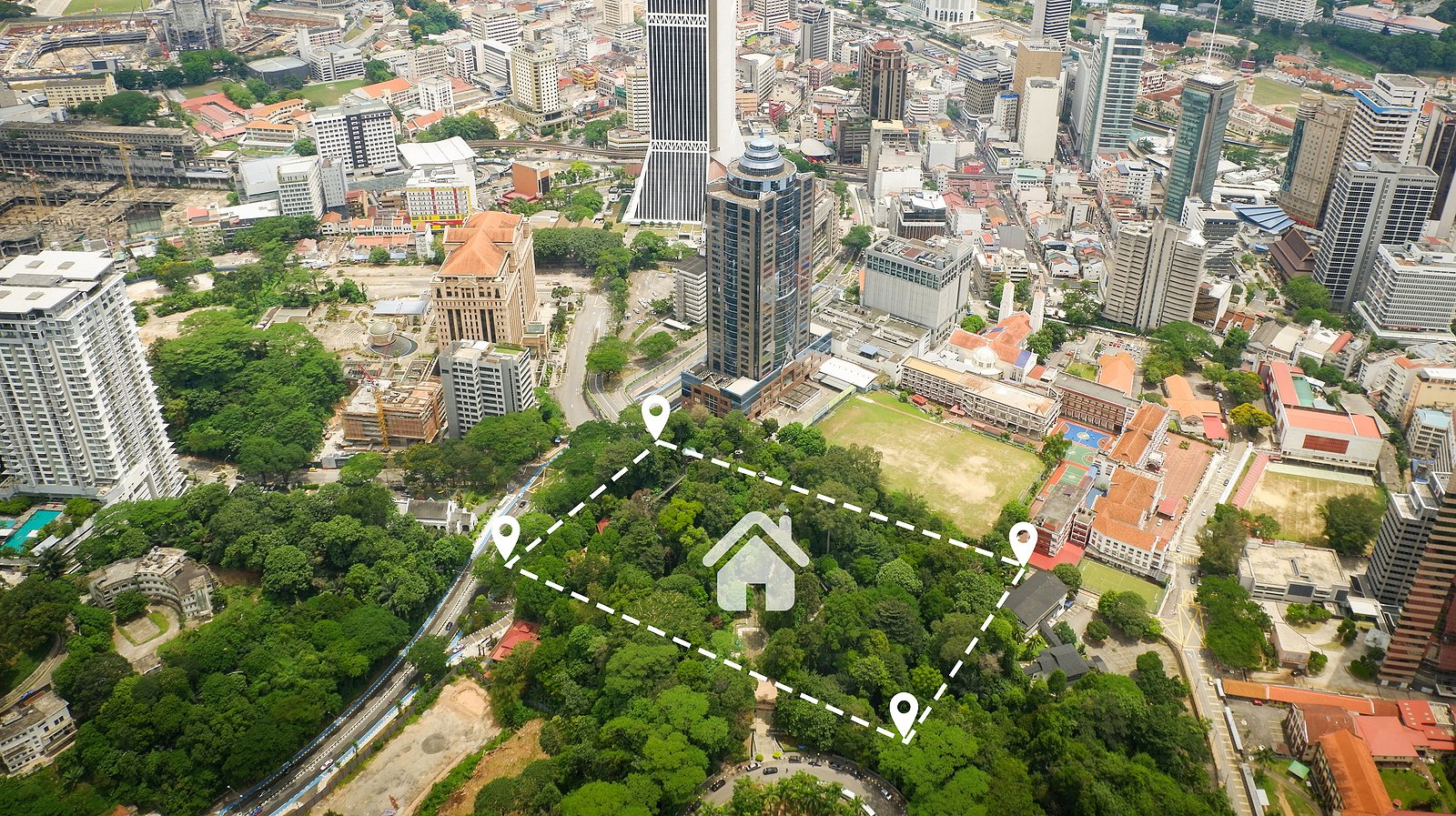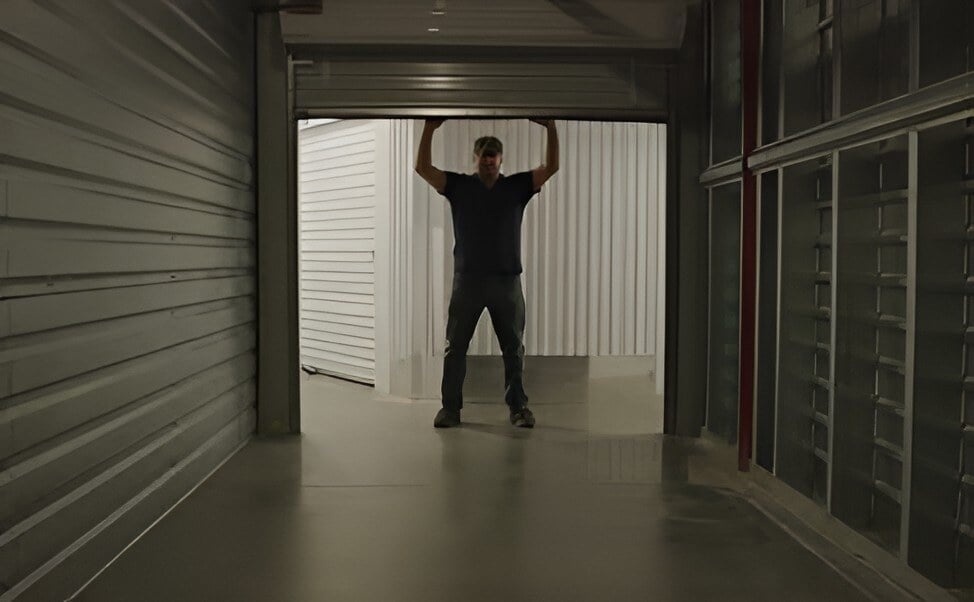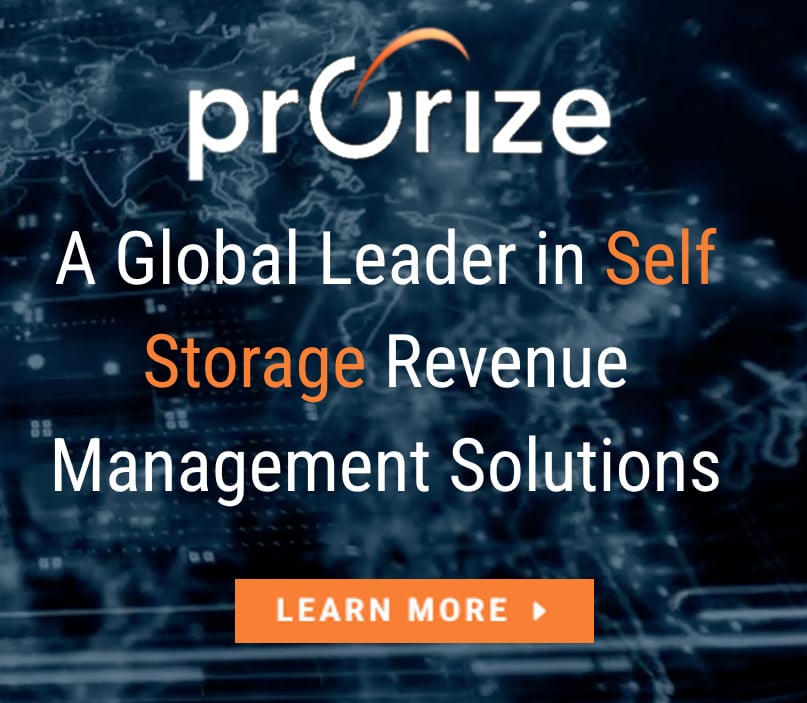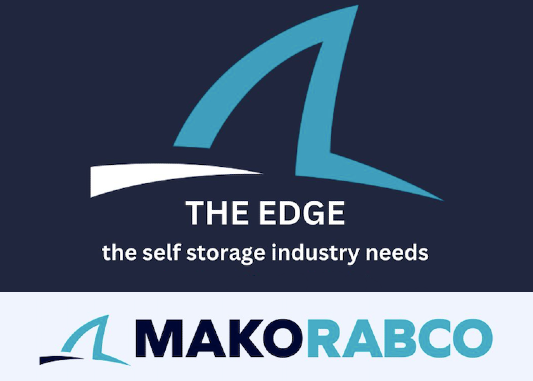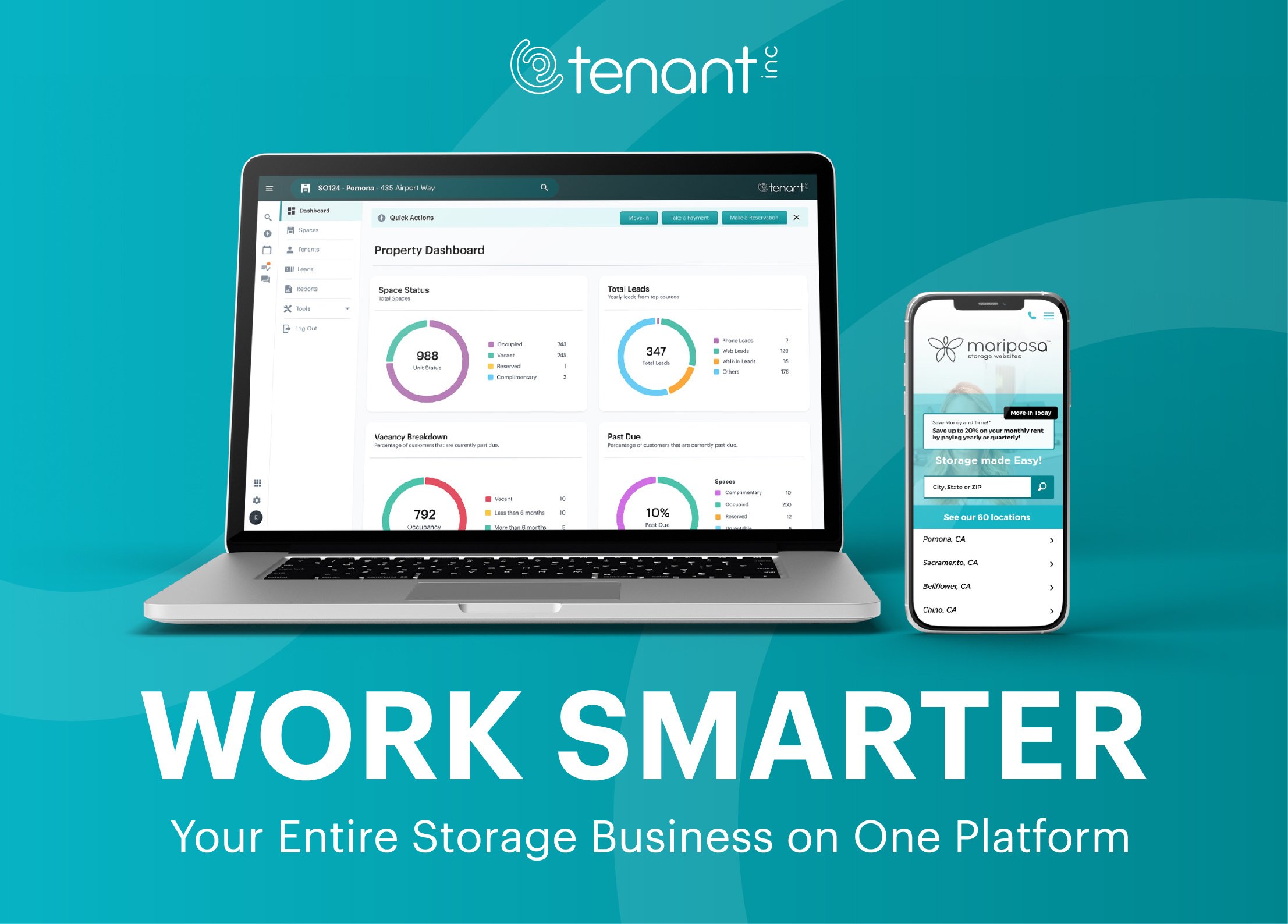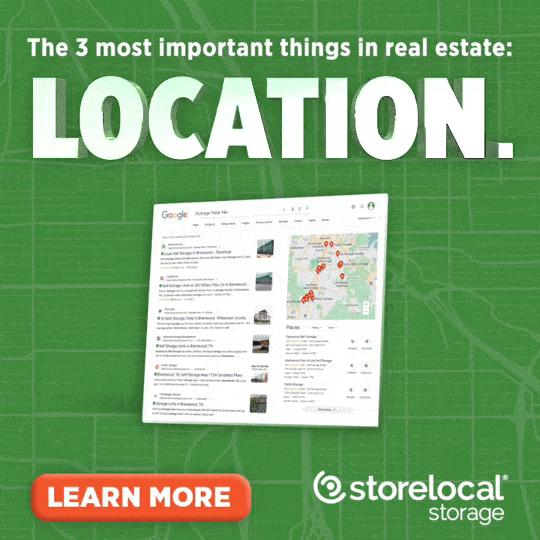The Six Pricing Biases: Understanding Your Uncertainty
Self-storage owners are faced with uncertainty every day, and a lot of that stems from nagging questions over pricing. Whether an operator follows a cost-based, competition-based, or value-based pricing strategy—or an advanced AI-driven revenue management solution—there are always going to be certain biases at play that can impact their decision-making.
We all know how bias works from a social aspect, in which some people may discriminate between those who are like them and those who are not like them. In a business context, however, bias becomes a natural inclination for or against an idea. It is often shaped by a person’s own background, outside influence, aversion to risk, and knowledge of financial concepts.
 According to the popular book Pricing Creativity: A Guide To Profit Beyond The Billable Hour, everyone is rife with biases, which originate in the gap between our two systems of thinking—our quick, intuitive, shortcut-based system that lets us do complex things like simultaneously drive a car while talking on the phone and drinking hot coffee without much conscious attention or cognitive cost, and our more considered, analytical system that lets us do long division.
According to the popular book Pricing Creativity: A Guide To Profit Beyond The Billable Hour, everyone is rife with biases, which originate in the gap between our two systems of thinking—our quick, intuitive, shortcut-based system that lets us do complex things like simultaneously drive a car while talking on the phone and drinking hot coffee without much conscious attention or cognitive cost, and our more considered, analytical system that lets us do long division.
Within this gap lies six different types of biases that cause some operators to fall into certain traps when it comes to pricing. Dr. Ahmet Kuyumcu, founder and CEO of Prorize, recently explained to this writer the most common pricing mistakes self-storage operators make because of their own biases. Leaning into any one of them, he says, can result in an operator waving a white flag in the current pricing wars.
1. Following The Gambler’s Fallacy

Humans tend to believe that over time outcomes will “self-correct” back to an average result. This leads to the gambler’s fallacy: the mistaken belief that if an event occurred more frequently than expected in the past, then it is less likely to occur in the future (and vice versa). You see it all the time in casinos. Picture people around a roulette table where red has come up five times in a row. The gambler’s fallacy can cause someone to mistakenly assume that black is overdue, so they slide their chips over to black. What happens? It lands on red again. Now, while it was true that red had come up more frequently than expected, the fallacy was that black must be next. However, we know that the outcome of the next spin in roulette is independent of the outcome of the previous spin.
Self-storage owners evaluating demand for a self-storage facility may also fall prey to the gambler’s fallacy. Faced with a series of high-demand periods, this bias might lead them to wrongly anticipate a decrease in demand for the next period, reasoning that such heightened demand is unsustainable (“This trend can’t last forever,” they may say to themselves). So, they lower prices in anticipation of demand slowing. However, it may be that this trend could continue for some time, and the owner is now renting out units for less than they are worth.
2. Failure To Anchor

Anchoring occurs when individuals use an initial piece of information to make subsequent judgments. Once an anchor is set, other judgments are made by adjusting away from the anchor, and there is a bias toward interpreting other information around the anchor.
Let’s put this into a self-storage scenario in the context of pricing. Some operators will show the most affordable unit by itself to drive traffic to their website. It sounds like a solid strategy in theory. However, this doesn’t provide the consumer with a frame of reference to help them establish value for the unit. If they simply see a 10-by-10 for $55, they have no idea if this is a reasonable price—i.e., they have no anchor.
In his story on value pricing, Kuyumcu explains that one way to establish value is to show a discount with “$110 $55,” where $110 is the anchor price for the $55 value price. A more effective way is to show Unit A and Unit B next to each other. This display would make Unit B look like a bargain since the price of Unit A is disproportionally higher.

(Table courtesy of Prorize)
“People read from left to right, so it is essential to present the highly priced Unit A first, since Unit B will look much cheaper in comparison,” says Kuyumcu. “For the example above, the operator has a limited number of Unit A and high availability of Unit B (perhaps with competitors). The display will stimulate sales of Unit B due to the big price difference. In this case, Unit A is used as an anchor to Unit B. Needless to say, it would also be a win if Unit A is purchased by price-insensitive customers who value outside drive-up units.”
3. Relying On Small Data

How many times have you thought, “It worked before, so I’ll try it again.” It’s human nature. Even President Franklin D. Roosevelt followed this rule, stating, “Do something. If it works, do more of it. If it doesn't, do something else.”
Unfortunately, basing future actions on an action that worked once or even a few times before is relying on a very small data set. Statistically speaking, you’d have to do something many times to get to the point where you could say, with confidence, that it will work again next time.
That doesn’t stop some self-storage owners from relying on small data, however. If they had one or two customers complaining about rent increases who moved out as a result, they assume that all move-outs they see are happening because of rent increases. But was the rent increase the catalyst for higher move-outs? Perhaps the move-outs were natural. Maybe it was a seasonal thing. There are a variety of reasons that move-outs could have occurred that had nothing to do with the rent increase. However, the operator doesn’t take this into consideration and avoids raising rents to the detriment of the bottom line.
4. Following Confirmation Bias

The confirmation bias occurs when we use, or seek out, data or information that confirms what we already believe. It’s the reason why most people who lean left watch CNN, and those who lean right watch FOX News; these outlets are likely to confirm what they believe politically. While some confirmation bias is often unintentional, it can still lead to poor decision-making because we accept it as true and overlook any flaws or inconsistencies.
On the other hand, if the new information contradicts what we believe, we respond differently. We are more likely to become defensive about it and focus on criticizing flaws that would otherwise be ignored if the information confirmed our beliefs.
In self-storage, Kuyumcu observes a common tendency among operators: They often start with a predetermined conclusion and then seek evidence to support it. For instance, they might believe that offering a one-month incentive is crucial to attract new tenants, especially if they notice competitors doing the same.
However, the reality is more nuanced. Customer churn over three months can range significantly, from 15 percent to 60 percent, depending on various factors, including store location, unit size and type, seasonality, and the demographic served (such as commercial, military, or student clientele). Despite this variability, operators often overlook these complexities due to their confirmation bias, steadfastly clinging to the notion that offering a one-month incentive is the only solution, all the time. If someone were to point out that length-of-stay may vary and that the incentive would cause them to lose revenue in some cases, which goes against the owner’s belief, he or she may wave it away, saying “Move-in offers are needed to increase revenue,” when in fact, upfront move-in offers might not always be a revenue-maximizing solution.
5. Relying On The Availability Heuristic

The availability heuristic, also known as availability bias, is a mental shortcut people use when evaluating a situation. This operates on the notion that if something can be recalled, it must be important, or at least more important than other possible scenarios. In other words, the easier it is to recall the consequences of something, the greater those consequences are often perceived to be.
How does this work in the self-storage realm? A good example is overestimating the impact of rent increases and jumping to the conclusion that increases result in move-outs. Another example is calling around and finding out that a competitor is offering 50 percent 10-by-10s for four months, assuming that they do the same for all other unit types, and then overreacting by doing the same.
6. Being Overly Pessimistic

There’s a portion of our brain called the amygdala that screens everything we do for potentially negative outcomes. According to scientists, this means that we pay 10 times more attention to bad thoughts than to positive ones. Many psychologists also believe that we’re simply hardwired this way, that pessimism is an innate survival mechanism passed down to us by our ancestors who always had to be on the lookout for predators and prepared for the worst since their chances of being killed by animals or other human beings were once very high.
The pessimism bias, then, is the human tendency to assume the worst, regardless of the actual probability of negative outcomes. It can affect decision-making processes and cause stress, anxiety, and a lack of motivation. When it comes to self-storage pricing, an operator may fear that by raising rates occupancy will plummet. This inevitably results in prices remaining flat, even as the cost of doing business increases.
“When you look at pessimistic people, probably the single [most telling] hallmark is they think that bad events are permanent and that they’re unchangeable,” says Dr. Martin Seligman, author and psychologist. “So, what learned optimism is all about is recognizing that you’re saying that to yourself, and then realistically arguing against it.”
Of course, being overly optimistic comes with pitfalls of its own. But in general, being too pessimistic can really hurt a business’ profitability. “You cannot run your business by assuming the worst-case scenario all the time,” explains Kuyumcu. “In any business, you have to be willing to take some risks and deal with uncertainty.”
Human Instinct And AI Insight
To avoid these biases and reduce their impact on decision-making, savvy self-storage owners are turning to AI-assisted revenue management tools designed to increase revenue and improve the bottom line. Rather than simply look at one or two factors, which many operators tend to do, AI can consider all significant parameters, including price, promotion, unit type, customer type, inquiries, move-ins, move-outs, occupancy, demographics, competitors’ actions, and more.
Of course, as with any new technology, some operators have fears about AI—fears they need to overcome, says Joseph Steinberg, AI and cybersecurity author, advisor, and speaker.
“This technology is here to stay, and there is no turning back,” he said in an exclusive 2023 MSM interview on artificial intelligence. “AI benefits both owners and tenants. If used correctly, owners work more efficiently with less effort and tenants easily get what they need without a lot of hassle.”
That is exactly what Prorize and other AI-enabled technologies do for the industry—help owners set the prices smartly, which in turn allows consumers to get appropriately priced units.
“An AI system is data-driven and eliminates guesswork and common human biases,” says Kuyumcu. “Prorize analyzes hundreds of combinations of parameters to predict the prices customers are willing to pay for various types and sizes of storage units, which may need to be adjusted daily or even in real time.”
He adds that while Prorize’s AI provides guidance, the system can be overridden, especially when the relevant information is missing. For example, if demand is low because roads are blocked due to major construction, the system wouldn’t know this and would react to the slower demand. Operators can help the system by overriding the recommendations in these cases.
Kuyumcu says that some customers always follow the AI’s recommendations, while others prefer manual overrides. “Ultimately,” he concludes, “you want humans to do what they are good at and machines to do what they excel at. Human instinct and
AI insight combined will provide the best outcomes.”
–
Brad Hadfield is a writer and the website manager for MSM.
Further Reading:
More Content
Popular Posts
Recent Posts
Senate Bill 709 (SB709) has many in the...
In January, self-storage industry veteran...
In April 1984, the first non-stop commercial...
Raise your hand if you’ve ever made plans,...
Everyone knows it: Investing in real estate...
They say when one door closes, another one...
Like its name implies, Surprise, Ariz., a...
Self-storage has become as reliant on the...





